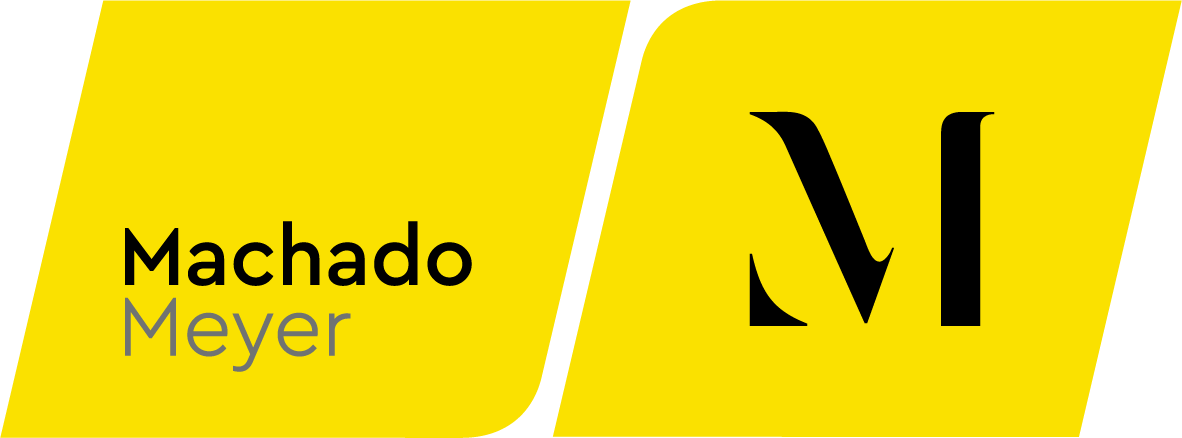The Worker’s Credit Program, created in March 2025[1], has become a federal initiative aimed at making payroll-deductible loans more affordable for individuals engaged as employees in Brazil, for domestic workers, for rural workers, and for non-employee statutory officers who are enrolled before the FGTS.
The rapid adoption of the program by employees was driven primarily by:
- the technological integration of the Worker’s Credit Program, which simplified access to loan agreements;
- the possibility of debt refinancing, allowing workers to benefit from more favorable conditions and reduced costs; and
- the portability of contracts between financial institutions directly within the Digital Work Booklet app, which reduces bureaucracy and enables better contractual and financial terms.
Additionally, with Ordinance MTE 933/25, as of June 2025, employees are now allowed to maintain more than one payroll-deductible loan under the same employment relationship. The only requirement is that the total installment amount does not exceed 35% of the employee’s available remuneration.
However, while the loan contracting process has been simplified for employees, it now requires employers to adopt a new monthly routine.
Between the 21st and 25th of each month, the Ministry of Labor and Employment will send a notification via the Electronic Labor Domicile (DET) to all employers with employees who have taken out a payroll-deductible loan through the Worker’s Credit Program.
Upon receiving this notification, the company is required to include the loan installment amount in the following month’s payroll. This amount must be deducted from the employee’s salary and paid to the financial institution via the Digital FGTS payment slip, due by the 20th of the following month.
Companies that typically close their payroll before the 20th must be especially vigilant: even if the loan notification arrives after the current payroll is closed, the deduction must still be made in the next month’s payroll. In other words, the employer must monitor notifications and access the data on the Emprega Brasil Portal to ensure that the amounts are correctly reported and paid within the legal deadline.
If a newly hired employee already has an approved loan, the employer must include the payroll-deductible loan information in the first payroll processed after the hiring.
In the event of termination of an employee who has an active payroll-deductible loan under the Worker’s Credit Program, there is another important point: the employer must deduct from the severance payments only the installment corresponding to the month of termination, respecting the legal limit of 35% of the available remuneration.
The legislation does not authorize the early deduction of future installments or the full amortization of the outstanding balance at the time of termination. If the termination occurs before the reference month for the start of deductions, there is no obligation to withhold or pay the installment.
Given this scenario, companies must pay close attention to their internal processes and strictly monitor deadlines for reporting, collecting, and transferring the amounts related to payroll-deductible loans contracted by their employees, in compliance with the law.
In case of non-compliance with the regulation:
- the employer will be required to negotiate directly with each financial institution and may be subject to late payment, including interest and penalties for delayed transfers;
- the company may face labor inspections and fines for failure to report or correctly collect the payroll-deductible loan amounts;
- employees may file lawsuits due to deductions exceeding the legal limit or deductions not transferred to the lender; and
- the employer may face criminal liability for misappropriation of deducted amounts.
In summary, the bureaucracy of managing, reporting, and transferring amounts related to payroll-deductible loans contracted by employees has been transferred to the employer. The employer is now civilly and criminally liable for fulfilling these obligations and may face financial penalties for non-compliance. To avoid any penalties, it is essential to establish routines and processes that ensure the effectiveness and compliance of all steps involved in this matter.
[1] Provisional Measure No. 1,292/25
